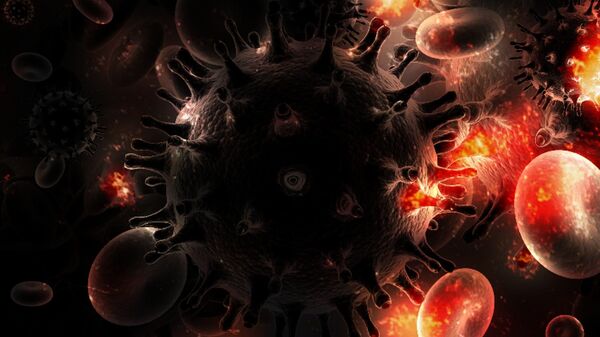In a study published in the journal Science, researchers combined three antibodies to create a "tri-specific antibody" to tackle the virus' ability to constantly mutate and change its appearance. From there, officials injected 24 different monkeys with the HIV virus and then followed it up by administering their Frankenstein-esque creation.
"It was quite an impressive degree of protection," Gary Nabel, a researcher in the study, told BBC. "We're getting 99 percent coverage, and getting coverage at very low concentrations of the antibody."
Deemed an "exciting breakthrough" by the International Aids Society (IAS), human trials are expected to start in late 2018 to see if the results can translate to humans.
"These super-engineered antibodies seem to go beyond the natural and could have more applications than we have imagined to date," Linda-Gail Bekker, the president of IAS, told the outlet. "It's early days yet, and as a scientist I look forward to seeing the first trials get off the ground in 2018."
According to the study, aided by the help of scientists from Harvard Medical School, the Scripps Research Institute and MIT, the effectiveness of their creation is its ability to focus on three critical sites on the HIV virus — the CD4 binding site, the membrane proximal external region, and the V1V2 glycan site.
"This is a major advance toward the development of a preventative strategy, but it's not a vaccine," Richard Koup, NIH scientist and study author, said in a statement. "We are still working toward the goal of creating a vaccine."
With trials expected in the upcoming year, the first phase will involve non-HIV infected persons in order to test the antibody's safety and pharmacokinetics. According to MDMag, talks are underway to conduct a separate phase 1 trial with HIV-infected persons.



